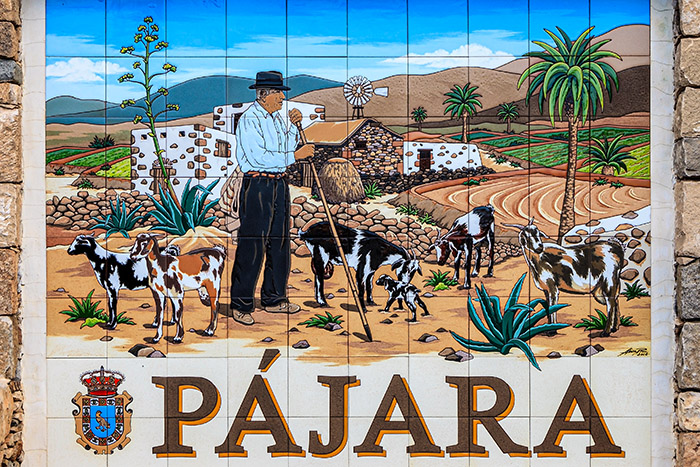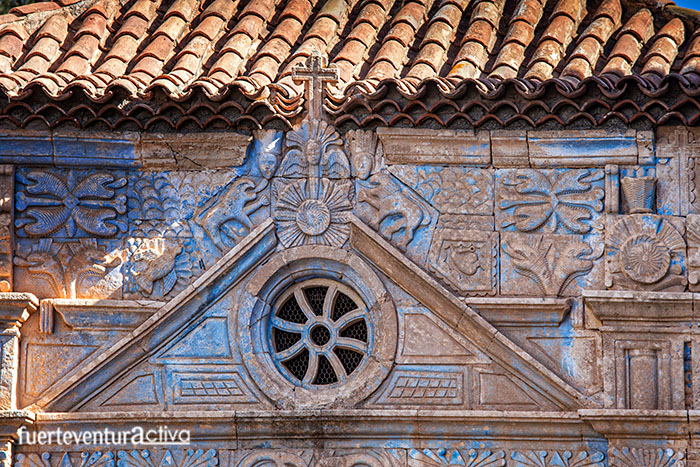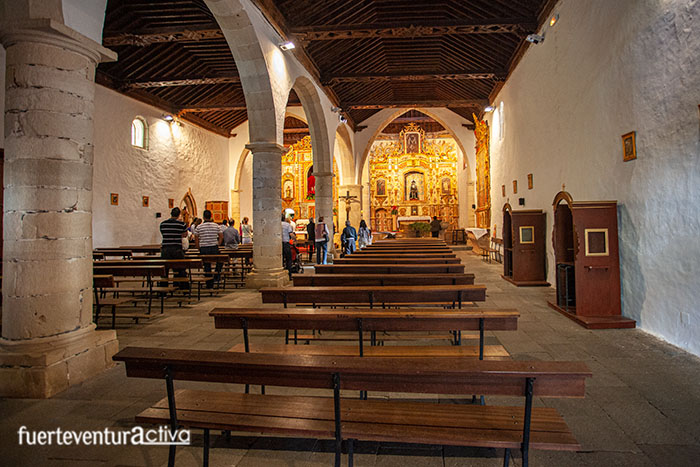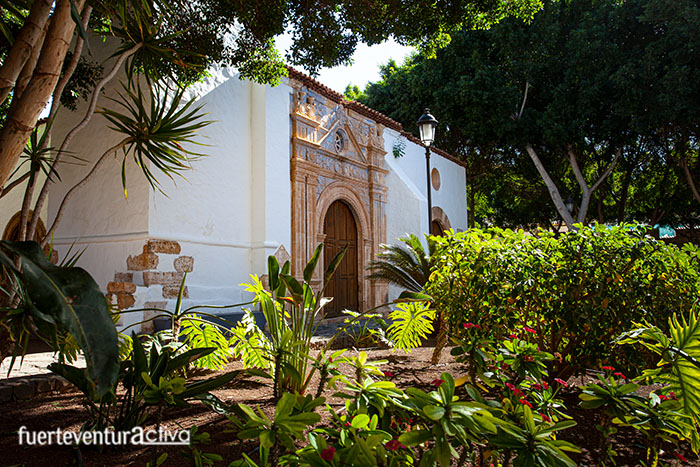FUERTEVENTURA WITH CHILDREN, What to see in Fuerteventura ?
What to see in the municipality of Pájara?
If Fuerteventura boasts of something, it is its beaches. Some of the most impressive beaches on the entire island are located in the south, and they are among the most beautiful in Europe. This fact is confirmed by the myriad of images that flood social networks, blogs and specialized travel websites. But not everything on the island is a beach. Fuerteventura also has a rich historical and ethnographic heritage worth visiting. Today we approach the town of Pájara.
Municipality of Pájara.
Pájara, with its 383.52 square km of extension, is the largest municipality in Fuerteventura, and also in the entire Canary Islands. It occupies almost a quarter of the island territory. It is also the municipality with the largest perimeter of the archipelago, more than 160 kilometers. Of which, 136 kilometers are of coastline.
Pájara capital of the municipality.

The town of Pájara is located in the interior of the municipality, about 9.5 kilometers from the nearest beach, at a strategic point that is the crossroads of two important roads. These roads started from Tuineje and from Betancuria and went to the port of La Peña (present-day Ajuy). Let us remember that, from the beginning of the conquest, a good part of the commercial supply of Fuerteventura was brought down to Puerto de la Peña.
Pájara is considered the oldest hamlet in the municipality and, for this reason, it holds its capital status. It is not known for sure, when or who were its founders. The origin of its curious toponymy is also unknown: Pájara.
The settlement in Pájara had to be one of the first on the island. Here the settlers arrived from the peninsula, found fertile land where it was possible to cultivate and with good pastures, so essential to sustain the cattle.
Among the reasons for the settlers to choose this part of the island to settle was the abundance of water. As everyone knows, water is a very scarce resource in Fuerteventura and Pájara has an outstanding underground water network, at a shallow depth.
Among the heritage assets that cannot be missed on a visit to Pájara are its spectacular church, the waterwheel and the bakery.
Church of Pájara

The church of Nuestra Señora de Regla is, due to its façade, one of the most unique in the Canary Islands. It was built in the 17th century as a simple hermitage, and expanded to two naves in the first third of the following century.
The most striking thing about this temple is its extraordinary façade, made in the second half of the 17th century, an excellent craftsmanship in line with the good reputation of the stonemasons in the area. It is made with individual pieces of coppery stonework, and has numerous decorative elements: geometric figures, snakes, suns, the moon, human heads with plumes, birds, lions, etc.
Traditionally, this repertoire of images has been associated with Mexican Aztec art. Some specialists even affirmed that the façade of the Pájara church was made by a native of Mexico or donated by a Majorero who emigrated to that country. Nothing could be further from the truth. The great variety of natural motifs are closely linked to the texts compiled by the Italian Cesare Ripa, in the 16th century.
For example, Divine Grace on the doorway of the Pájara Church is represented by a beautiful woman with heavenly wings and a headdress on her head. Element that reminds many of the feather headdress of Ancient Mexico.

There is also the dove of the Holy Spirit and a Heart with a key. The heart refers to sincerity, love and kindness, and the key is a symbol of power and commandment; It is the one that dominates, opens and closes the door. Two-headed snakes are also found showing their poisoned tongues. The Sun is associated with the element of Fire, and linked to the figure of the circle: perfection.
We could be talking for hours about this peculiar cover, but we better stay silent for a while, and you can contemplate it with peace of mind. ????…⏳…⌛
Inside the temple you will see that the two naves are separated by columns of stonework drums supported by semicircular arches. The covers are made of wood with a clear Mudejar influence and are decorated with geometric motifs.

Pájara waterwheel
In front of the Pájara church is another of Pájara’s most representative heritage elements: its waterwheel
This wheel consists of a wooden wheel in a horizontal position (the air wheel) that is moved by a turning lever, called almijara. The almijara is a curved wooden stick where the donkey or camel is yoked to turn the wheel. The air wheel meshes with the vertical wheel at the wellhead.

Two ropes were hung on the water wheel, which in Fuerteventura were made with pita fiber. The pitchers, made of wood and brass, were tied to the ropes, which rose full of water and were emptied once the vertical wheel was crowned, in a container called a trough.
The water that was extracted with this wheel was used both for agriculture and for domestic use.
The Bakery of Pájara
At the end of Calle de los Geranios there is an old bakery.
The bakery is a flour mill technically adapted to be moved by a donkey or a camel. It was introduced in Fuerteventura in the fifteenth century and its structure has not changed substantially throughout history.
The tahonas consist of a large toothed wheel placed horizontally, which rotates on its axis through the almijara and sets another horizontal wheel in motion where the stones for grinding the cereal are located.

If you want to get to know this town in all its splendor, then come during its patron saint festivities in honor of the Virgen de Regla. They are celebrated between the 2nd and the 4th of July.
Fuerteventura4


